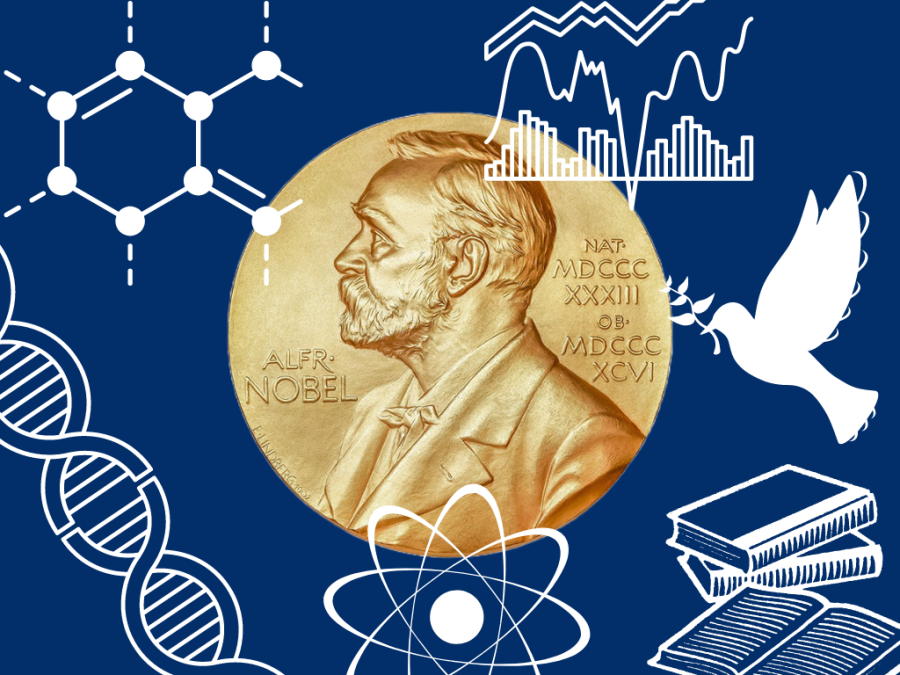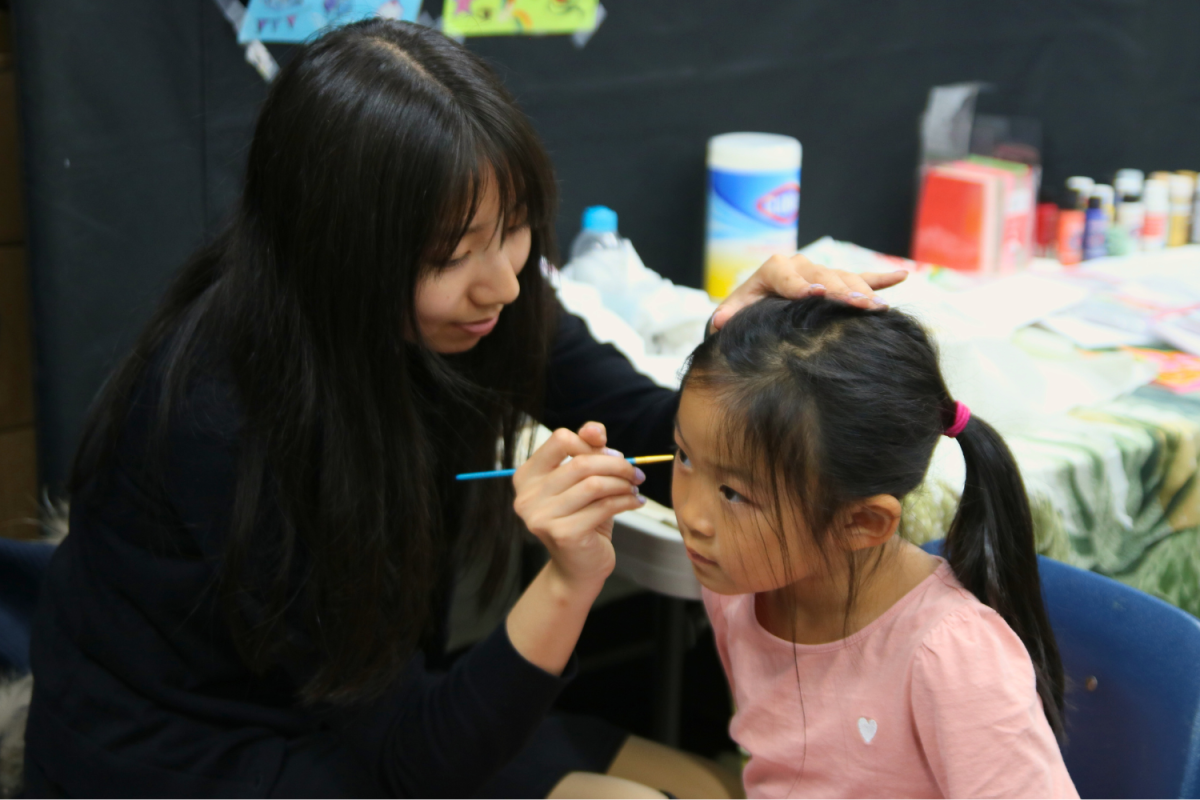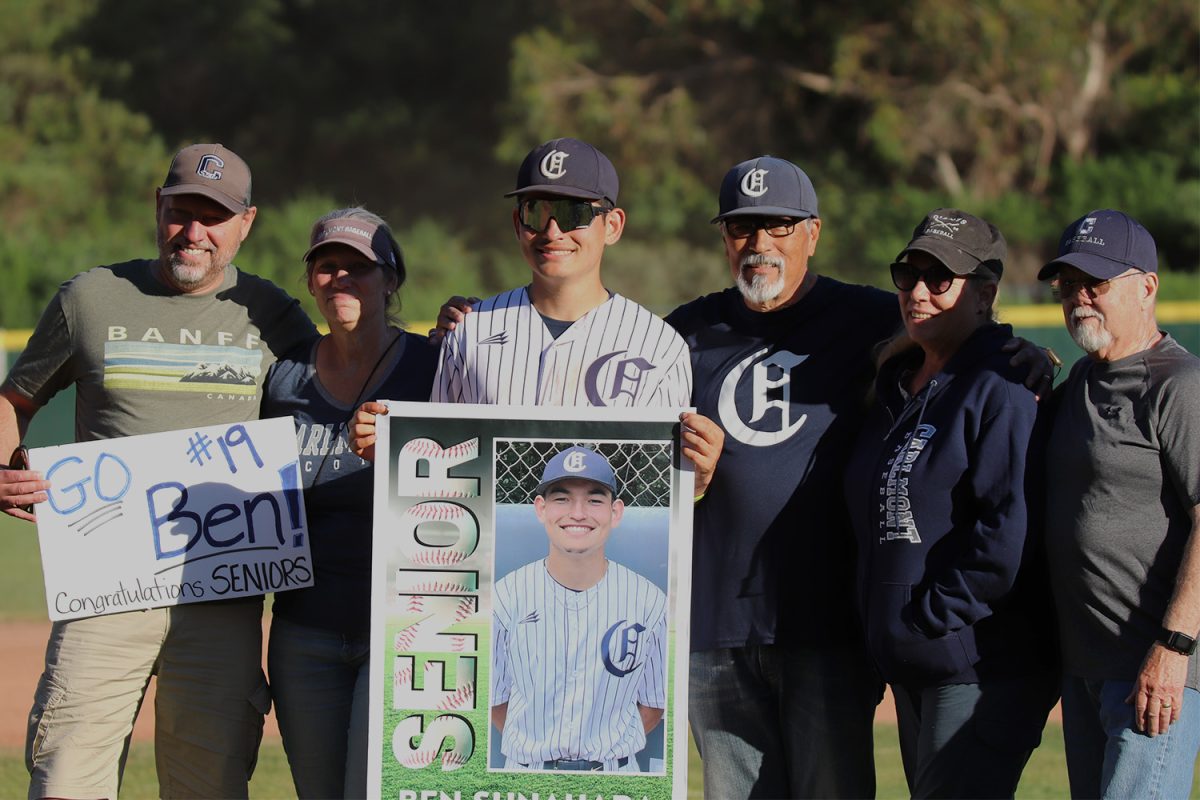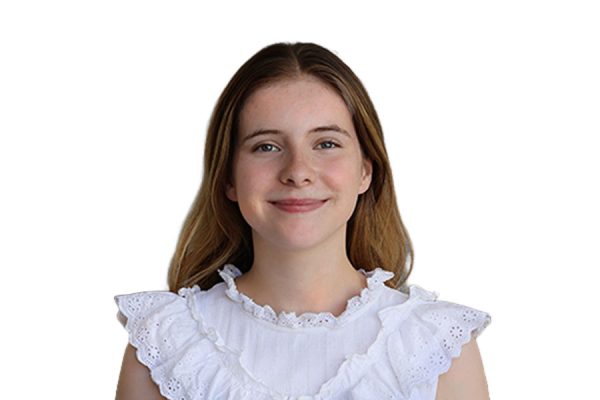Just as founder Alfred Nobel intended in 1909, the Nobel Prizes are awarded to “those who have conferred the greatest benefit to humankind.” This year is no exception.
The Nobel Prize committees award six Nobel Prizes every year to recognize the achievements of individuals in various fields.
By Oct. 10, the Nobel Prizes committee announced their awards in the following categories: Medicine/Physiology, Physics, Chemistry, Literature, Peace, and Economic Science.
Medicine
Svante Pääbo, a Swedish geneticist, was awarded the year’s first Nobel Prize in medicine. Pääbo successfully extracted DNA from 40,000-year-old bones to produce the first complete Neanderthal genome sequence. His discoveries regarding human evolution and Neanderthal DNA were the first in the field of ancient genome studies.
“Pääbo’s interest in looking at ancient human genomes and DNA ran up against a wall in terms of technology. Adequately getting enough quality DNA out of old samples was a major hurdle that he figured out,” said Dr. Tyler Kochel, a biotechnology teacher at Carlmont High School.
Pääbo’s interest in looking at ancient human genomes and DNA ran up against a wall in terms of technology. Adequately getting enough quality DNA out of old samples was a major hurdle that he figured out.
— Dr. Tyler Kochel.
His work helps illustrate the way Homo sapiens have evolved from their Neanderthals and ape ancestors who lived thousands of centuries ago and became distinct species. Pääbo could trace the evolutionary tree between Neanderthals and Homo sapiens back to see where the species diverged.
According to Kochel, developments in DNA sequencing helped Pääbo advance his research and his DNA extraction is a significant step forward in that field.
“The technology and the methods that [Pääbo] developed can be used in other fields to have a larger impact. On the surface, this discovery seems like pure science to discover how we evolved. But then, what does it show us when looking at our genetic backgrounds? Some Nobel Prizes are a lot more practical than others and the applications of this Nobel Prize may show themselves in later research,” Kochel said.
Physics
On Oct. 4., the Nobel Prize in physics was awarded to three men: Alain Aspect, John F. Clauser, and Anton Zeilinger. These individuals conducted an experiment that proved one of the main postulates in quantum theory which advances the field of quantum technology.
“Quantum physics is based on the fact that we cannot predict exactly where a particle is, it’s all probabilistic. One theory, entanglement, is if you have two particles so given what one particle is, you know what the other particle is. The experiment that the Nobel Prize winners ran proved this theory,” said James Bohac, a physics teacher at Carlmont.
His discovery is a good example of the continuous scientific quest to find the truth about how our universe works. That is sort of the fundamental part of science: to always investigate and question.
— James Bohac
According to Bohac, these scientists found a model of the universe more applicable to quantum physics. At the particle level, elements of Albert Einstein’s traditional model of the universe do not hold, but Quantum physics can fill in the gaps and deepen scientists’ understanding of the universe.
“One of the newest applications of quantum physics is called quantum computing. To get to really fast computing for technology, we want to use the features of quantum computing,” Bohac said. “What the Nobel Prize winners proved has direct applicability when trying to make the fastest possible scientific computer.”
The path to reaching this discovery wasn’t straightforward. John F. Clauser was often deterred from pursuing his research and when he started his work in 1960, he was trying to prove a semi-controversial postulate of quantum physics.
“There was controversy about whether or not his discovery was true. When he started his work, people said, ‘you’re wasting your time’ but his persistence and belief rewarded him. His discovery is a good example of the continuous scientific quest to find the truth about how our universe works. That is a fundamental part of science: always to investigate and question,” Bohac said.
Chemistry
On Oct. 5, the Nobel Prize in chemistry was unveiled and shared between Carolyn R. Bertozzi, Morten Meldal, and K. Barry Sharpless. Their research was focused specifically on click chemistry.
Felix G. Guzman, a chemistry teacher at Carlmont describes click chemistry through an analogy of Lego blocks.
“You have Lego parts you can build anything out of, and you ‘click’ them together. The two parts snap together. In the case of chemistry, a chemical reaction forms blocks of molecules into bigger molecules. When building large molecules, you start with one molecule and add other small parts one at a time,” Guzman said.
Mostly, the molecules created from the chemical reaction have medicinal properties. According to Guzman, it’s a fortunate coincidence that this reaction produces the chemical compound triazole which has useful properties in many pharmaceutical drugs.
Alfred Nobel, who established the prizes, made it clear that the prize was not just an award for a discovery but something that would help humankind. And it has already had that impact. There has already been a revolution within chemistry and so many chemists and biologists are already using this reaction.
— Felix G. Guzman
“Click chemistry reactions allow you to join complex molecules together; it’s extraordinary because there are no byproducts, which is usually a major disadvantage since byproducts can be toxic and hard to separate from the desired products,” Guzman said.
This lack of byproduct saves a great deal of time and resources in forming chemical compounds. However, the chemical reaction discovered by the Nobel prize winners came with another hassle to crack.
“The first two winners, Meldal and Sharpless, came up with this idea independently. However, there was a major disadvantage for them because the chemical reaction required the use of a toxic catalyst, which was copper, but Bertozzi found a way to get rid of the copper catalyst by attaching fluorescent dye to the molecule to track the reaction.” Guzman said.
Bertozzi’s experiments eliminated this obstacle and her research is incredibly useful for the development of future pharmaceuticals, according to Guzman.
“Alfred Nobel, who established the prizes, made it clear that the prize was not just an award for discovery but something that would help humankind. And it has already had that impact. There has already been a revolution within chemistry and so many chemists and biologists are already using this reaction today,” Guzman said.
Literature and Peace
A day later, on Oct. 6, Annie Ernaux was awarded the Nobel Prize in literature. The French writer’s work is most notable for describing her experience getting an illegal abortion and her extramarital affair.
Mats Malm, the permanent secretary of the Swedish Nobel Prize Academy, applauded the “courage and clinical acuity with which [Ernaus] uncovers the roots, estrangements and collective restraints of personal memory” in a press release.
According to the New York Times, Ernaux’s prose is uniquely hers. Despite her writing’s emotional content, she maintains a characteristic, unsentimental tone throughout it.
In a new conference with her publishing house, Ernaux said the writing is “a way to shed light on things that one feels but are unclear.”
The successive prize, the Nobel Peace Prize, was awarded to Ales Bialiatski, Memorial: a Russian organization, and the Center for Civil Liberties in Ukraine. All three winners received the prize for striving to maintain peace in light of the Russian-Ukraine War. They all contributed to the efforts to speak out about the human rights violations in Russia.
Memorial is a Russian human rights organization that Vladimir Putin shut down for its efforts to speak out about the authoritarian regimes in Russia. The Center for Civil Liberties has worked to document potential Russian crimes against Ukrainian civilians to protect their human rights. Ales Bialiastki is a Belarusian human rights activist who was jailed on politically-motivated charges for 1052 days.
While announcing the Nobel Peace Prize on Oct. 7, Berit Reiss-Andersen said, “The Peace Prize laureates represent civil society in their home countries. They have for many years promoted the right to criticize power and protect the fundamental rights of citizens.”
Economics
The final Nobel Prize in economic science was awarded to Ben S. Bernanke, Douglas W. Diamond, and Philip H. Dybvig for their research on financial crises. They showed banks’ roles in economic decline.
One central feature of their research highlighted that while banks give depositors instant access to their savings and provide long-term loans to borrowers, this makes them vulnerable to financial collapse.
For instance, if many depositors simultaneously withdraw money from the bank and no loans are paid back, a financial crisis ensues. To avoid this, the government can act as a lender to the bank in case of emergencies.
In a press release, Tore Ellingson, Chair of the Committee for the Prize in Economic Sciences, said, “The laureates’ insights have improved our ability to avoid both serious crises and expensive bailouts.”
The discoveries that the Nobel Prizes highlight contribute significantly to advancement in each field.
“The Nobel Prizes will not be forgotten in a year. They will continue to be impactful for a long time,” Guzman said.























